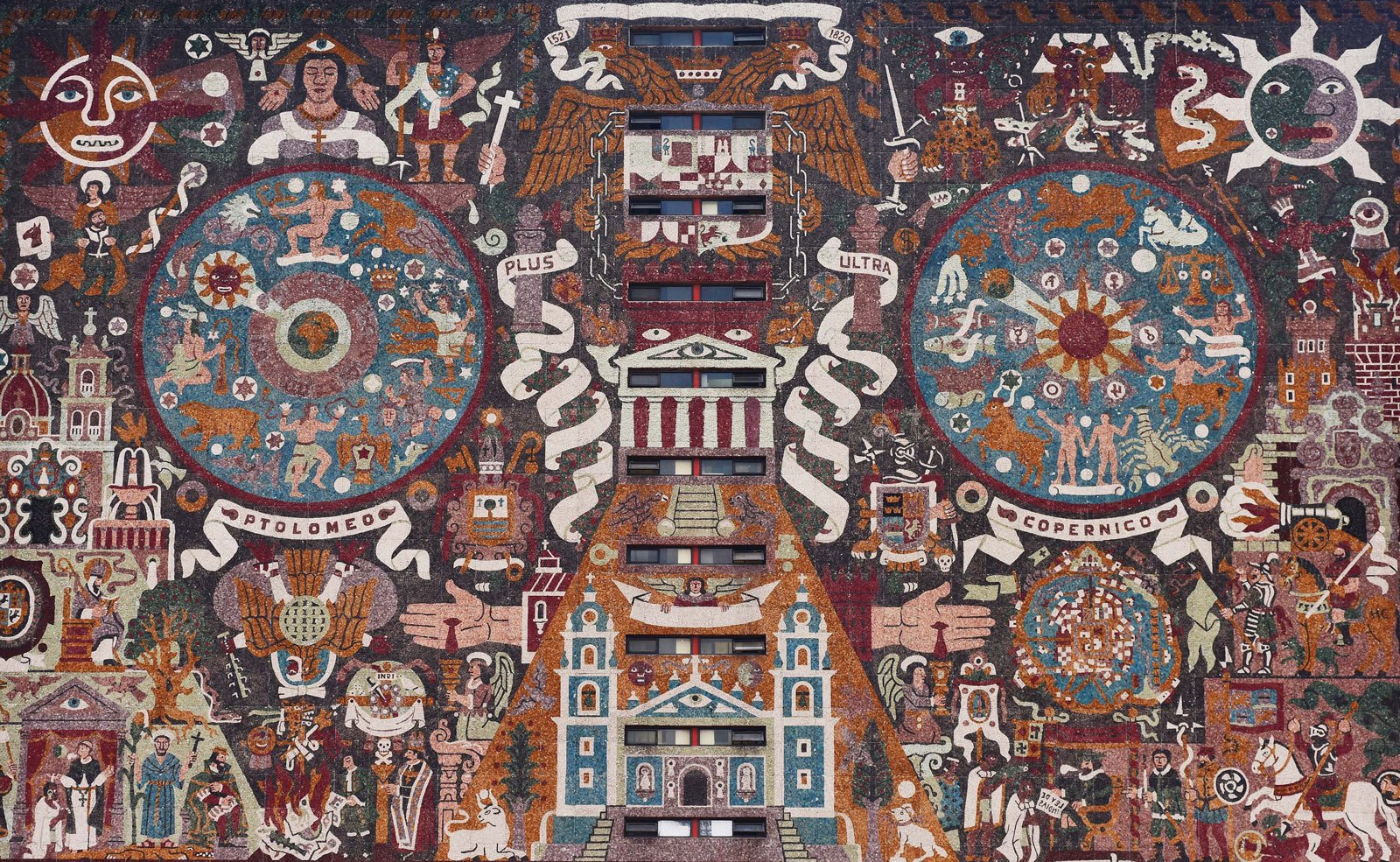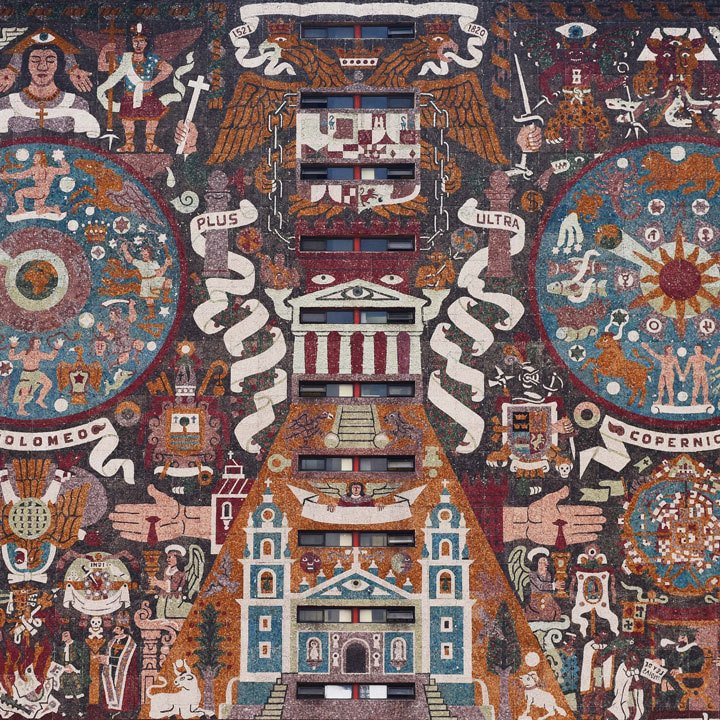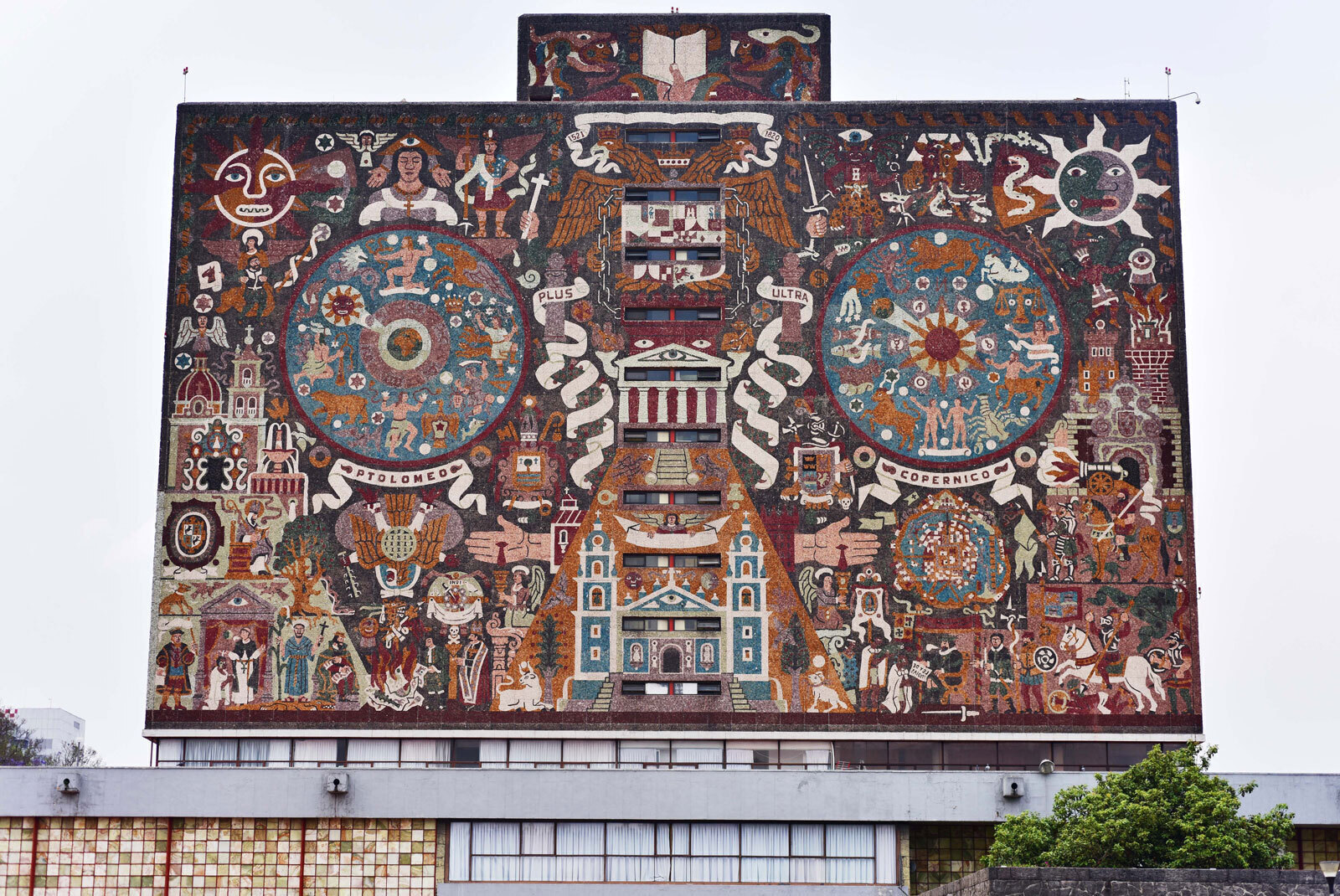The Lecture of the architect Fernando Lara will focus on balancing of the interest of Latin American countries in local traditions, in the character of the people and their culture and experimentation with new languages, architectural forms and materials from modernity.
When the Mexican writer, Octavio Paz, defined Mexican history as “the search of ourselves, deformed or masked by strange institutions, and for a Form which expresses us” he might as well have defined the central character of Latin America as a whole.
This is especially true for the late nineteenth and twentieth centuries where Latin America, according to some, experienced an “incomplete modernization”. What this means is that during the period of European and North American modernization, Latin America was setting up the political, economic, and material conditions and infrastructure for modernization as part of broader initiatives or aspirations.
Many of the architectural expressions that we find within the twentieth century reflect this paradoxical condition.


